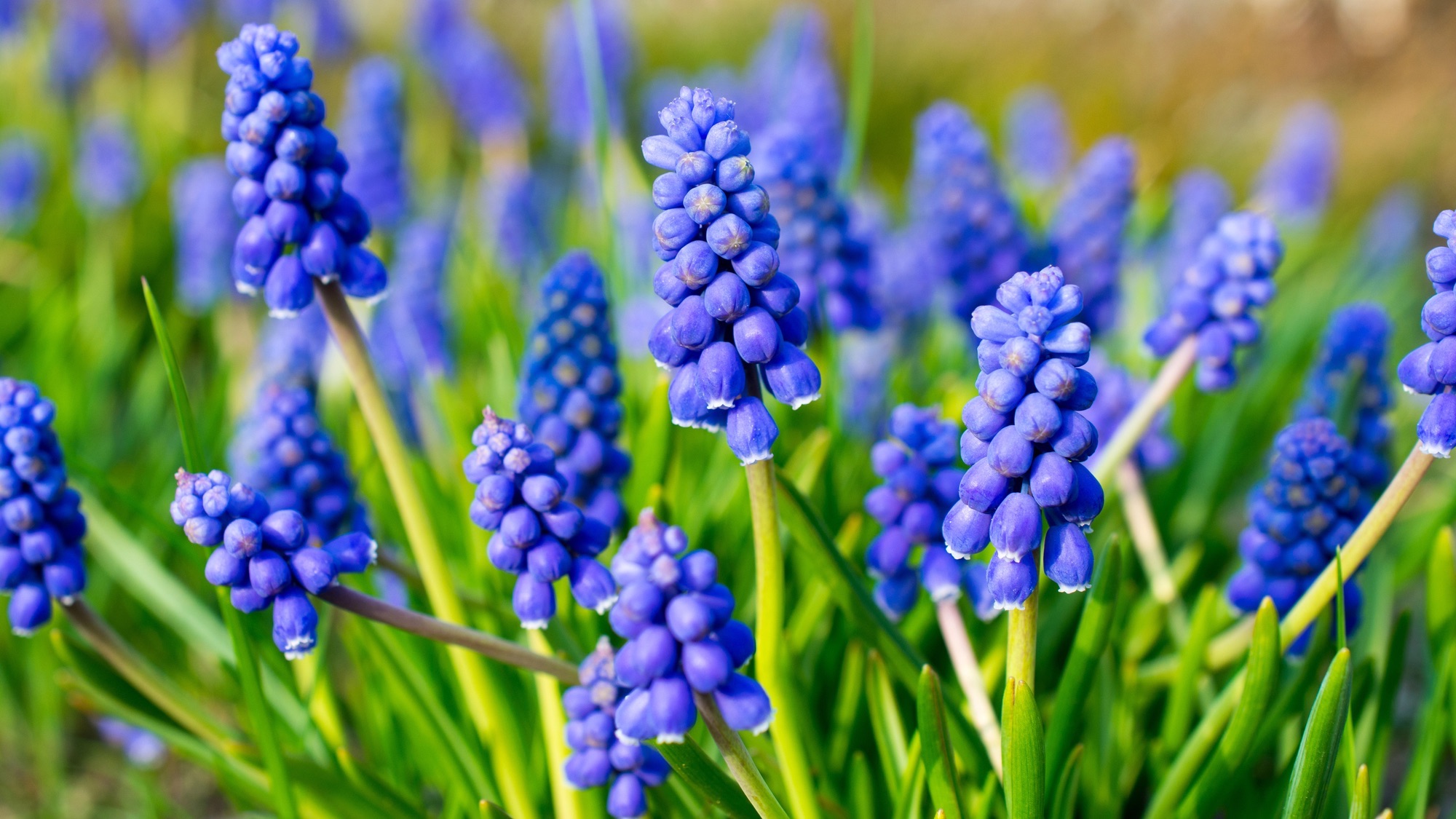Gadgets
How to revamp your lawn’s reputation with bulbs

The advantages of a bulb lawn
As homeowners seek alternatives to traditional turf-based lawns, the popularity of bulb lawns is on the rise. This shift is driven by the desire for low-maintenance landscapes that also serve as habitats for wildlife and pollinators. Traditional lawns offer minimal habitat, but planting bulbs can easily add an eco-friendly touch and boost biodiversity.
Bulb plants like crocus, snowdrops, dahlias, iris, lilies, and gladiolus offer a variety of blooms throughout the year, providing food for pollinators and adding color to your garden. Bulb lawns can attract pollinators early in the season, offering essential pollen and nectar when little else is blooming. These lawns also enhance the visual appeal of a yard while requiring less maintenance compared to traditional turf lawns.
Selecting the appropriate bulbs
When choosing bulbs for your lawn to benefit pollinators, opt for varieties with a single flower per bulb to provide easy access to nectar for insects. Select tough, low-maintenance bulbs that naturalize well in lawns, such as mini daffodils, grape hyacinths, and botanical tulips. These bulbs attract pollinators like bees and thrive in various climates, creating sustainable habitats for wildlife.
Some bulbs that attract pollinators include Grecian windflower, glory-of-the-snow, crocus, winter aconite, snowdrop, spring starflower, dwarf iris, mini daffodils, grape hyacinths, and botanical tulips.
Planting bulbs
Proper planting techniques are crucial for successful bulb growth. Spring-blooming bulbs should be planted in the fall, while summer-blooming bulbs are best planted in the spring. Most bulbs require full sun and well-drained soil. Plant bulbs at a depth three times their height, and water deeply after planting. Mulch can help retain moisture and insulate the bulbs during winter or keep the soil cool in the summer.
Fertilizing
Fertilize bulbs based on their blooming season, using a balanced fertilizer formulated for bulbs. Follow specific instructions for each bulb variety to promote healthy blooms and root development. Spring-flowering bulbs like tulips and daffodils should be fertilized in the fall and early spring, while summer-blooming bulbs need fertilization when new growth appears.
Watering
Water bulbs according to their blooming season, providing about one inch of water per week for spring bloomers and regular watering throughout the growing season for summer bloomers. Monitor precipitation and adjust watering as needed to prevent overwatering, which can cause bulb rot.
Maintenance tips
Rodents, especially squirrels, may be attracted to newly planted bulbs. Use natural repellents to deter rodents from digging up the bulbs. Once established, bulb lawns require minimal care, with the foliage needing to die back to nourish the bulbs for the following year. Consider planting bulbs along the edges of your lawn for a tidier look during the mowing season. Regular maintenance like mowing and fertilizing will help keep your bulb lawn thriving.
-

 Destination8 months ago
Destination8 months agoSingapore Airlines CEO set to join board of Air India, BA News, BA
-

 Breaking News10 months ago
Breaking News10 months agoCroatia to reintroduce compulsory military draft as regional tensions soar
-

 Gadgets3 months ago
Gadgets3 months agoSupernatural Season 16 Revival News, Cast, Plot and Release Date
-

 Tech News12 months ago
Tech News12 months agoBangladeshi police agents accused of selling citizens’ personal information on Telegram
-

 Productivity11 months ago
Productivity11 months agoHow Your Contact Center Can Become A Customer Engagement Center
-

 Gadgets3 weeks ago
Gadgets3 weeks agoFallout Season 2 Potential Release Date, Cast, Plot and News
-

 Breaking News10 months ago
Breaking News10 months agoBangladesh crisis: Refaat Ahmed sworn in as Bangladesh’s new chief justice
-

 Toys12 months ago
Toys12 months ago15 of the Best Trike & Tricycles Mums Recommend













